
How To: Apply ladybug makeup for Halloween
Check out this Halloween makeup tutorial and learn how to create this sweet ladybug look. Be creative this Halloween! This Halloween ladybug makeup look will wow everyone.


Check out this Halloween makeup tutorial and learn how to create this sweet ladybug look. Be creative this Halloween! This Halloween ladybug makeup look will wow everyone.
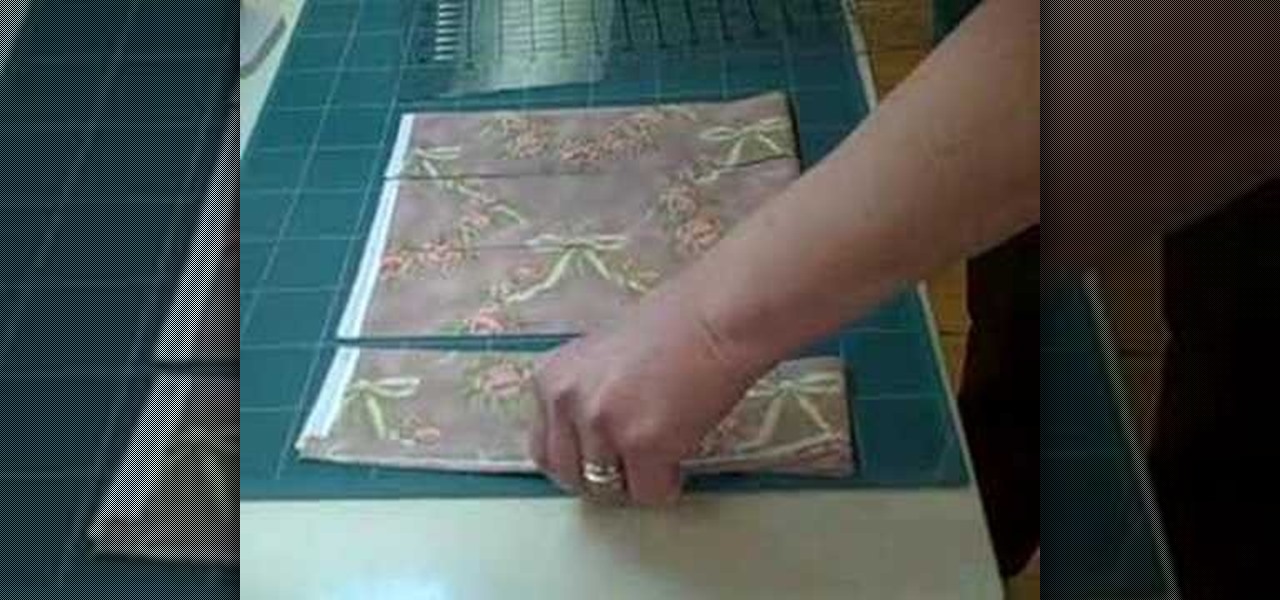
Here is how to make strips and squares using the JT ShapeCut ruler. Follow these instructions to measure and cut a precise design. With the June Tailor Shape Cut ruler, you can lay a piece of fabric on a grid and slice the fabric into geometric squares.

Get tips from this how-to video from wonderhowto.com for sewing a granny square together. This is one of the many knitting and crocheting videos from wonderhowto.com.

You may think baking seems difficult, but its actually a fun and easy when you bake with Dolly Parton. Well not quite with Dolly, but the Dolly Parton dessert squares. Watch this how to video to learn how to bake the Dolly Parton cookie and impress your friends.

This is an advanced modular origami design and an amazing looking paper design! The video demonstrates how to fold the six intersecting squares of origami made of modules.
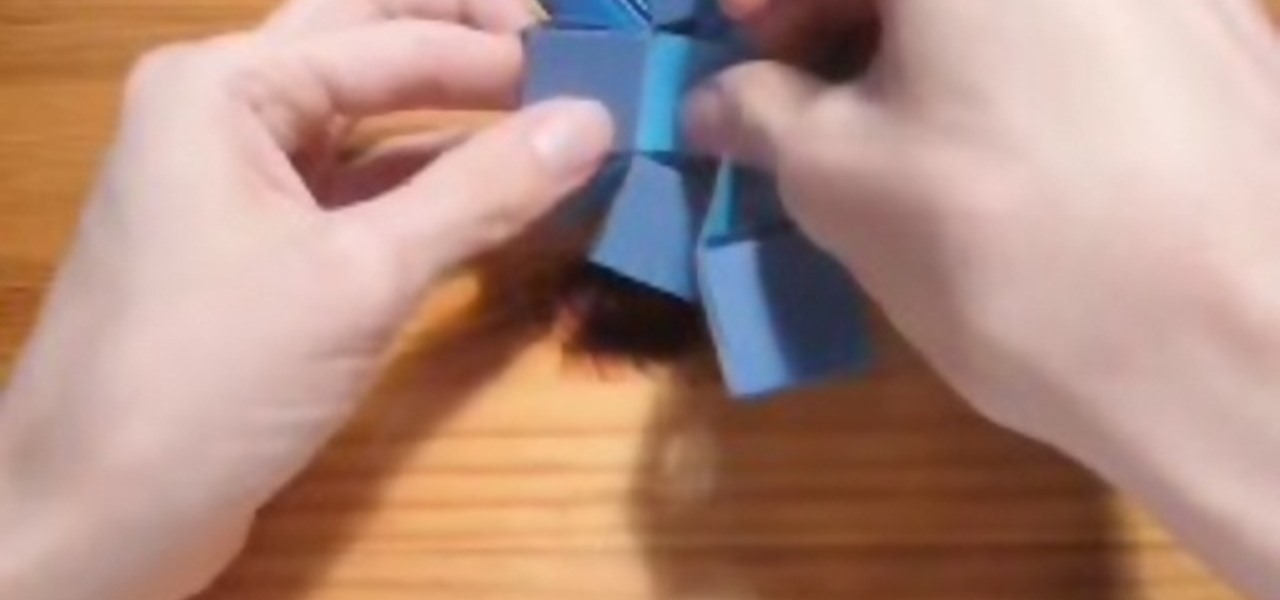
An alternative to origami, here’s a very easy paper design strp icosahedron by Heinz Strobl. Here's a very easy icosahedron to origami. For the strips, use an A4 format paper and cut it in the middle lengthwise. Do so to get 8 strips and then fold strips of 6 squares. It requires 20 strips of 6 squares for the triangles and 30 strips to knot them together (strips of 5 squares also work). Only the knotting strips will stand out, but it is still better to use two colors. You can make a bigger m...

Join sticks at right angles with square lashing.
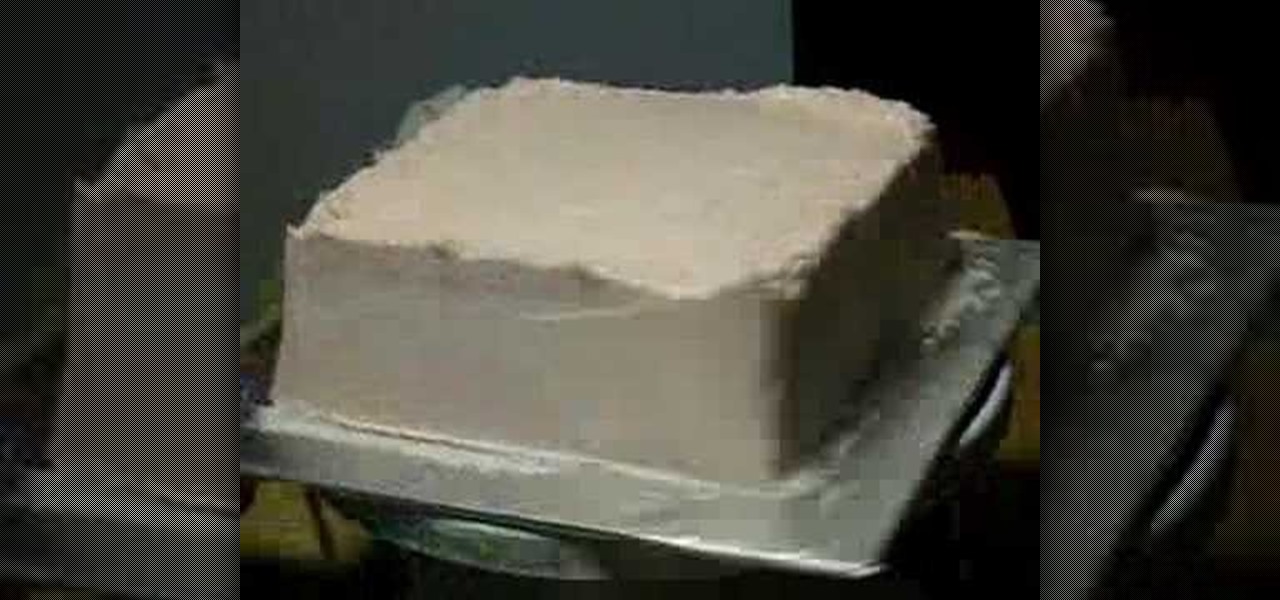
Here is a video that shows you a quick and easy technique to frost a square cake. Not only will you learn how to make a perfectly smooth cake but also how to add decorative ruffles.
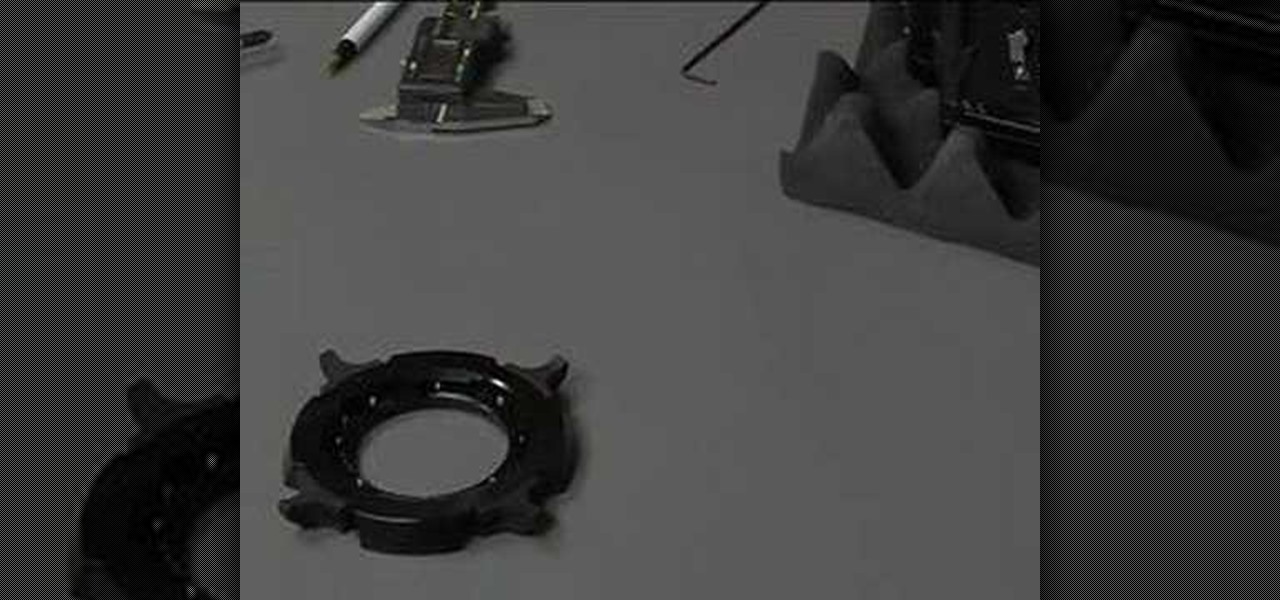
Douglas Underdahl from Long Valley Equipment www.longvalleyequip.com shows you how to change the RED camera's PL mount to Nikon

This video shows three ways of dividing a square into fifths. This is a great origami technique.

This video shows three ways of dividing a square into thirds. Learn this great origami technique.

This video shows how to get an equilateral triangle from a square - that is a triangle where each edge has the same length (and each angle has 60 degree). Learn this great origami technique.

Here is a quick video on how to cut an octagon from a square. This is a useful origami technique.

Learn the four square drill in order to add movement and different angles to a passing workout for soccer.

Sew identical, quick and easy half-square triangles using a plastic guide on the bottom of your presser foot.

Another popular origami base is the square base. This video demonstrates fold by fold how to create this no frills base.

For those who wear suits, learn how to add some spice to your everyday wear. Pocket squares not only add color, but are quickly becoming the latest fashion trend for formal wear.
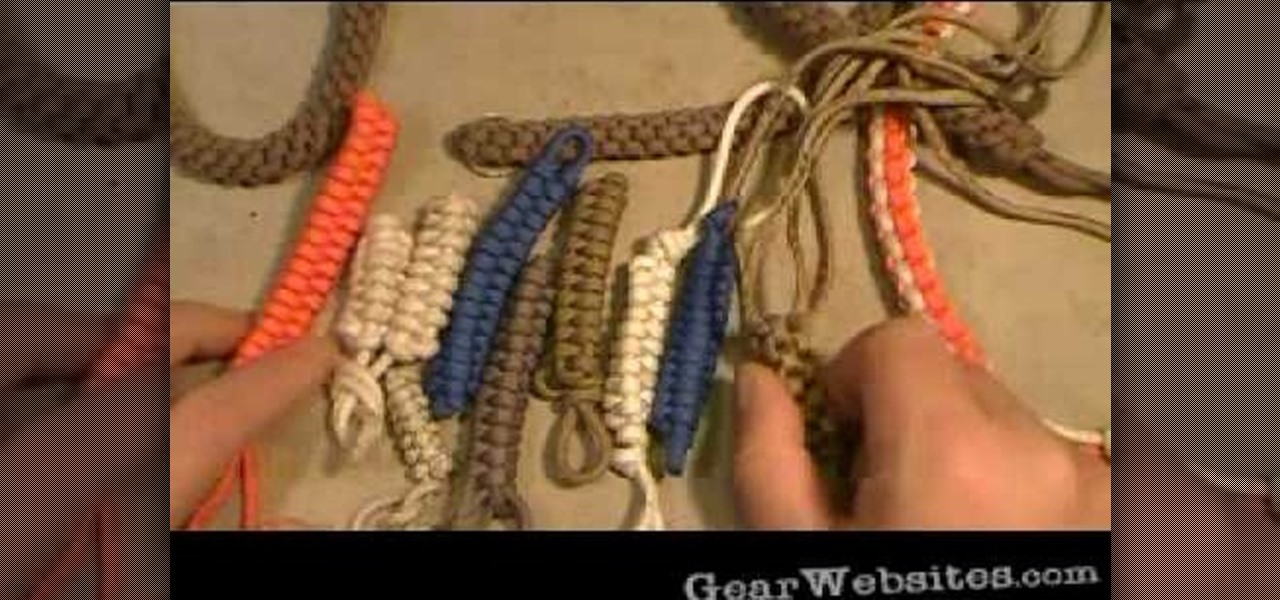
Paracord braiding is a popular technique used to make lanyards and ties for survival gear. There are many different techniques a braider can use - the most common are the rattlesnake knot and the square braid. This video shows you the nuances of both techniques, a few variations, and how you can decide when to use one or the other. You can also alter the appearance and tensile strength of your paracord braid by changing how tight you make your knots.
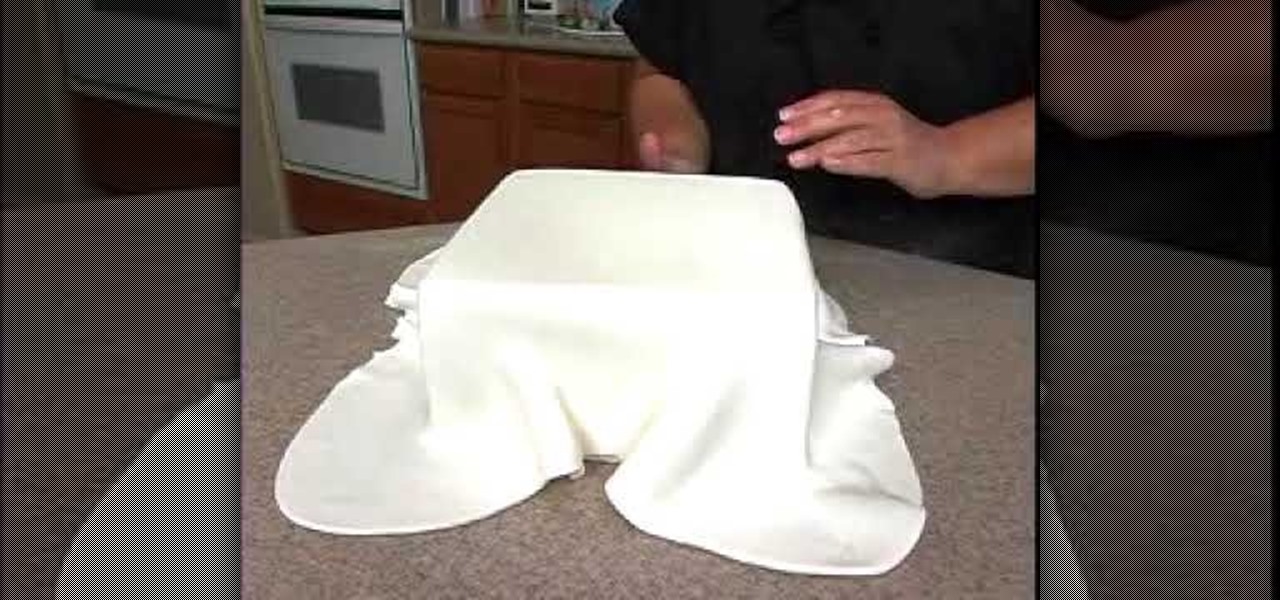
Fondant is quite the tricky cake decorating material. On the surface it looks smooth, slick, and solid, but the consistency of fondant is actually quite thin and the sugary paste is very liable to tearing while you're working with it.
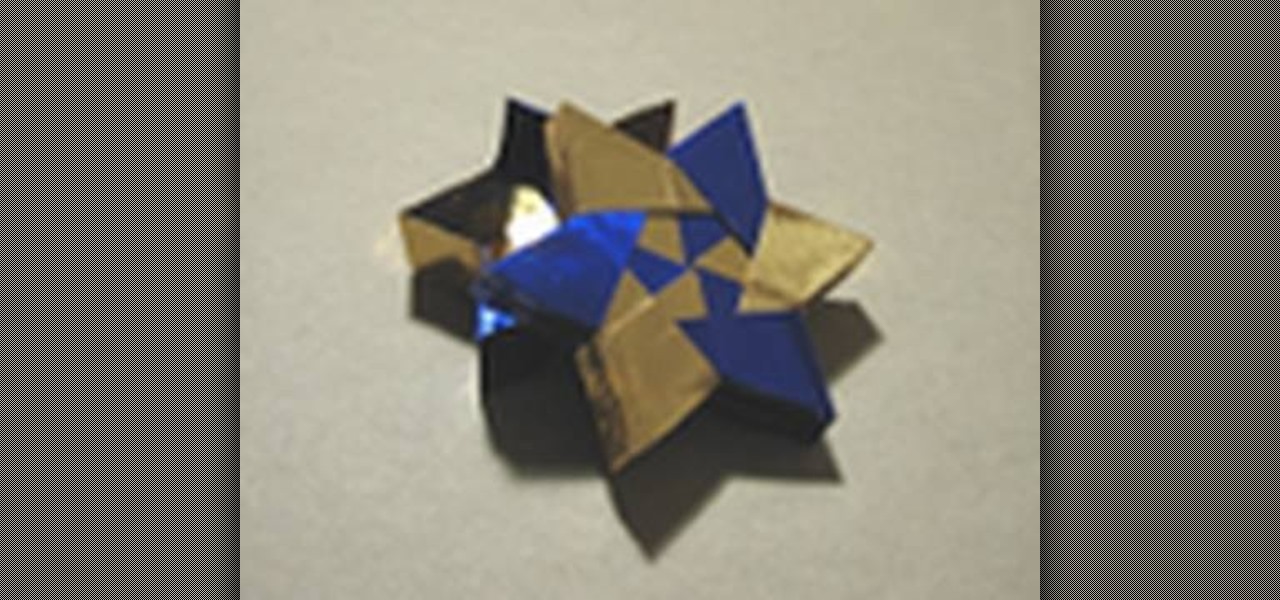
A Christmas present is not the only thing you can get crafty with. Why not put that mix tape into a homemade origami box for a truly personal touch?

In this how to video, you will learn how to build a post. Court yard posts create beautiful accents to your yards. They can be used as entry monuments and fence posts. When using corner blocks, make sure the long sides are at the outside of the post. First, place these corner blocks in a square. Align the blocks with the square. Next, place four more blocks on top of the original blocks. Make sure the blocks touch two blocks. Keep on stacking them to the desired height. Add two post caps. Sec...

In this video, we learn easy cake decorating tips and ideas. To make a pastry cone, you just need parchment paper! First grab a square of parchment paper then fold into a large triangle. Now, open the square up and cut where the line is in the middle. Grab one of the triangles you just cut and wrap it into a cone shape, taping the tip so it will keep shape. You can now add icing and will be able to pipe and write words with ease. Cut a small hole depending on what type of piping you want to d...
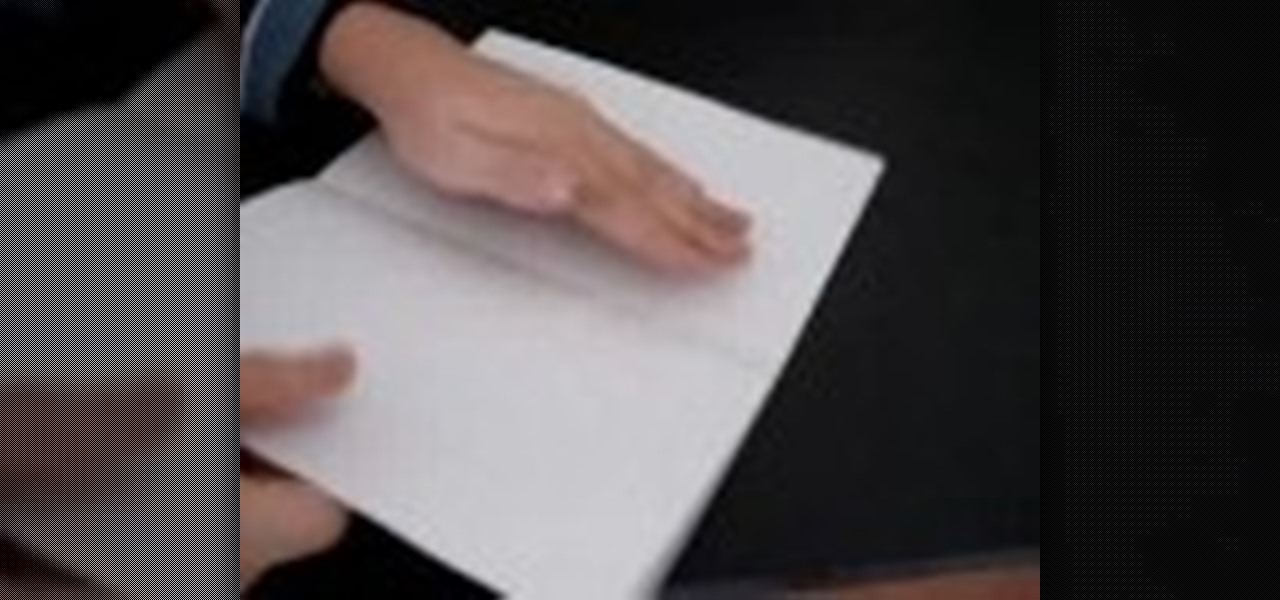
Evil Penguin Master demonstrates how to make a paper spinner. First fold a regular sheet of paper in half, defining the lines well. Then, cut the paper along the crease with scissors or tear it with your hands. Next, fold the halved paper again lengthwise. Then, fold down the corner. Flip the paper over and fold down the other corner so it forms a slanted rectangle. Repeat the technique with the other sheet. Lay the sheets on top of each other so they form an X or a star. Fold each triangle i...

Rick Gore tells us how to stop a horse from walking off when you mount. The reason why a horse walks off when you mount it, it's because you trained it that way, when you've mounted previously you would allow it to mount off. Also when you mount you cause the horse to lose it's balance, and when a horse loses it's balance, it starts to walk a bit to regain it's balance. To stop a horse to from losing it's balance you should square it up, push the horse a little bit and it's feet will square u...
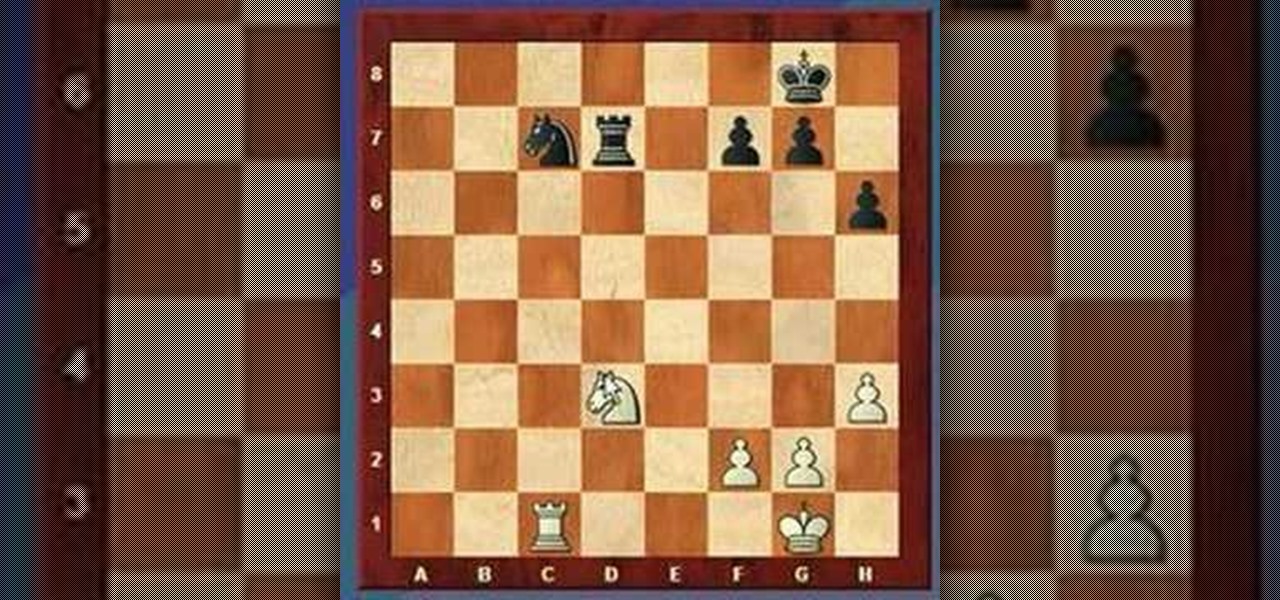
Ever here of the "overworked" defender" chess move? Of course you have, but that doesn't mean you know how to pull it off. See how to do it, right here. A chess piece is overworked when it has more than one defensive job (guarding pieces or squares) to do. Typically, the overworked piece is exploited by capturing one of the pieces it's defending or occupying a square it's defending. This forces it to leave one of its defensive jobs usually resulting in material loss or checkmate.

In keeping with its focus on loading the Magic Leap One with content at launch, Magic Leap has inked a creative partnership agreement with augmented reality production studio Square Slice Studios.

To celebrate the release of Spider-Man: Homecoming and to advertise Dell's newest gaming laptop, Dell and Sony Pictures teamed up to create a live game in Times Square. Simply walk through the tourist hotspot to unlock the game and help Peter Parker save the day.
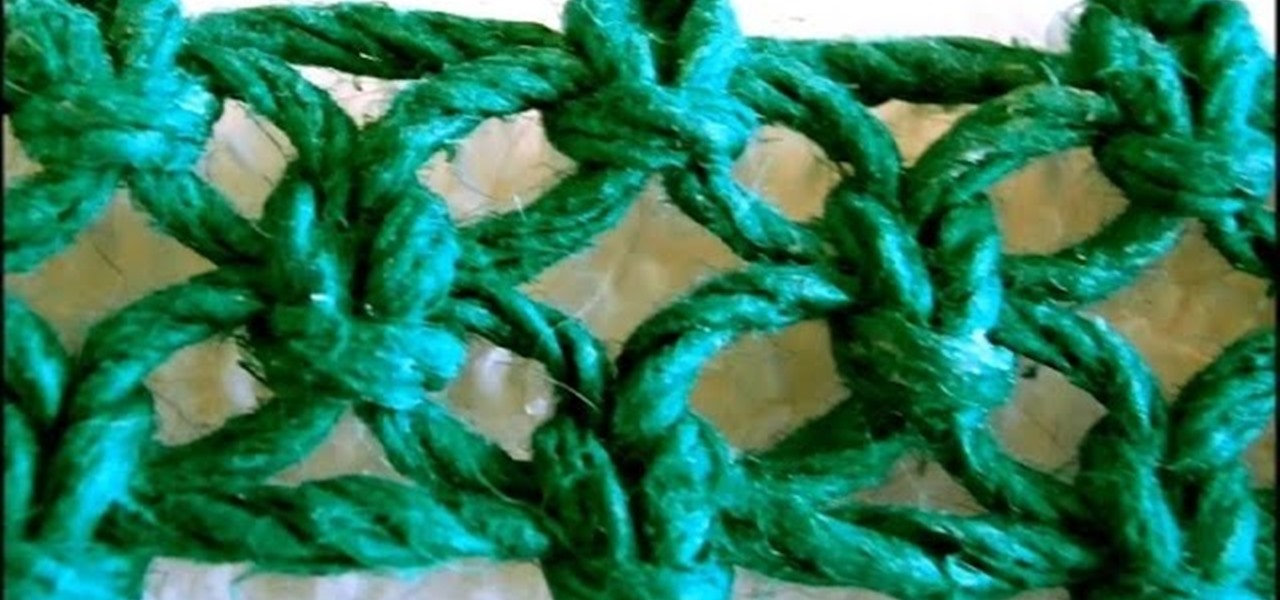
An easy video tutorial that teaches the 8 strand Alternating Square Knot. This knot can be used to create lacy hemp bracelets, necklaces, and chokers.
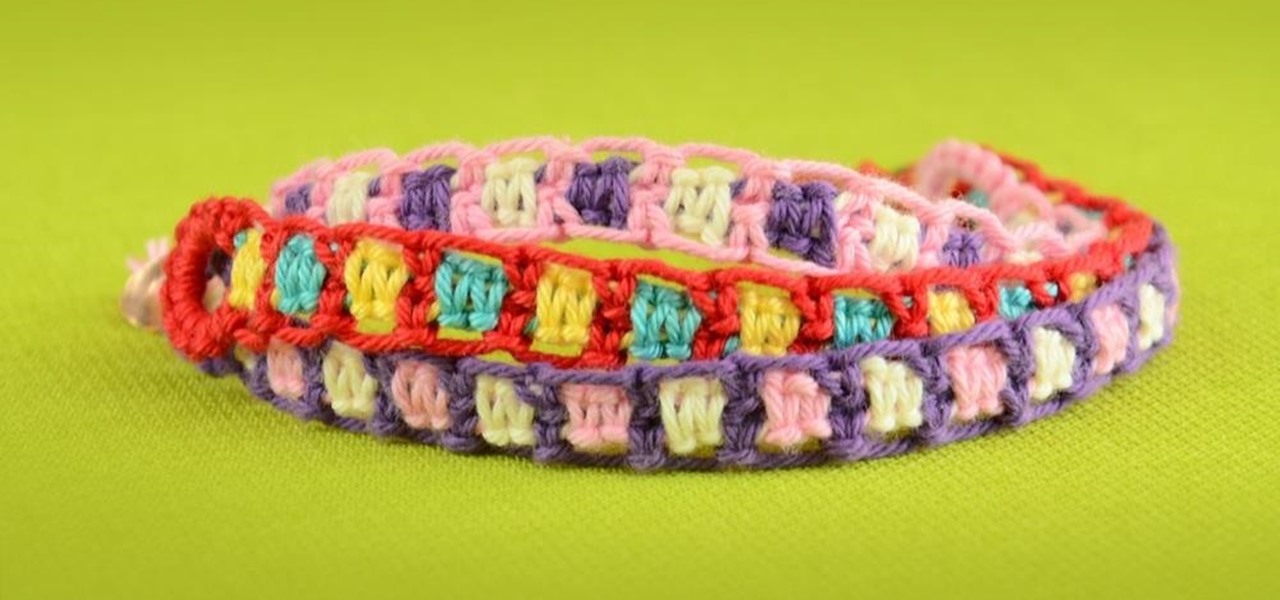
How to Make Colorful Friendship Bracelets using square knot & button clasp. Tutorial for beginners and kids. More information in video..
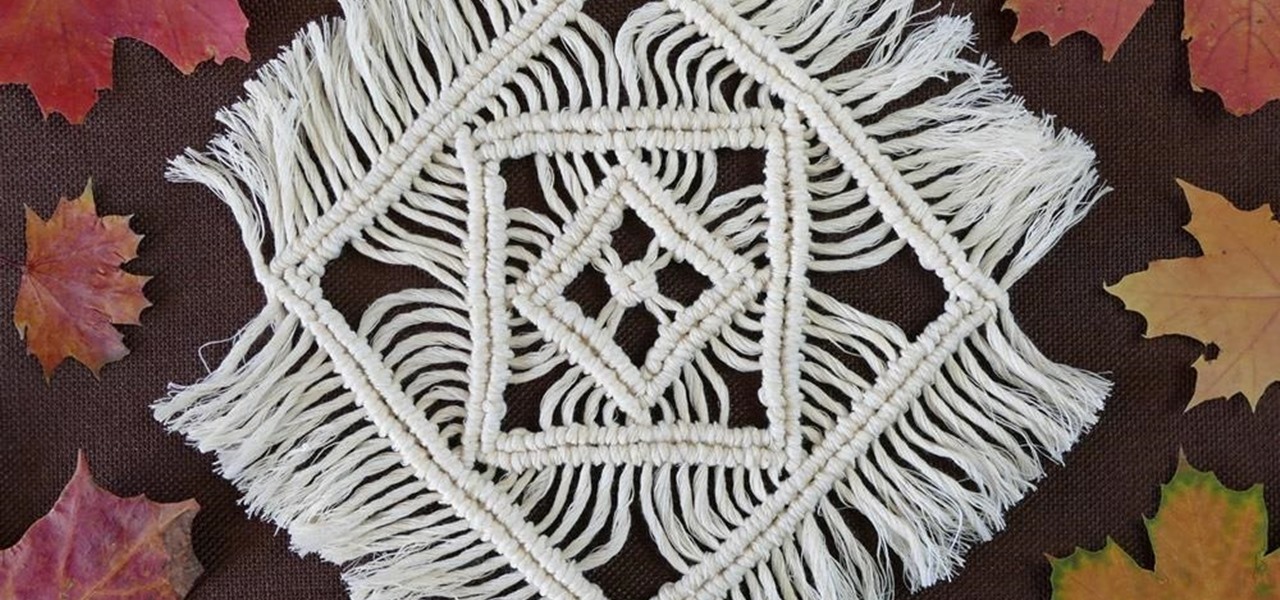
Macrame Tablecloth, Coaster Tutorial - square within square pattern. Table Mats & Table decorations. Home decorating ideas.
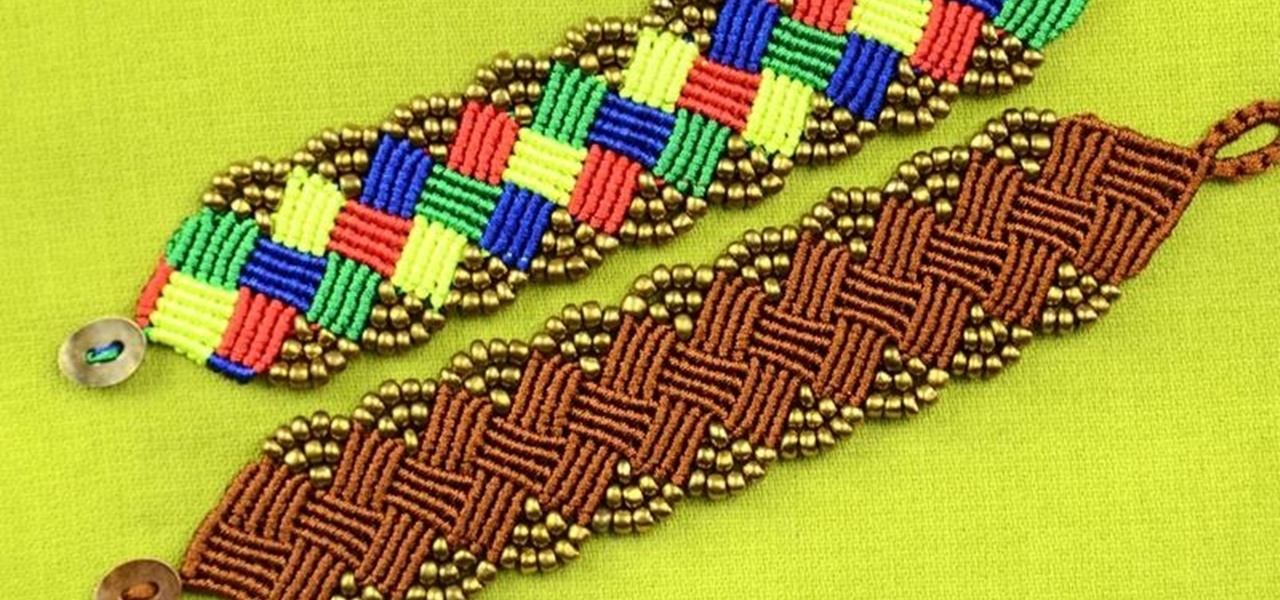
DIY Beaded Macrame Square Bracelet. This bracelet looks great! In this tutorial I showed you a multi-colored version. You can change colors of your choice. Hope you will like it. More info in video..

X Patterned Square Knot Bracelet with Beads and Button clasp. This bracelet is easy to make and it looks interesting :) a good bracelet for beginners in macrame. More info in video..
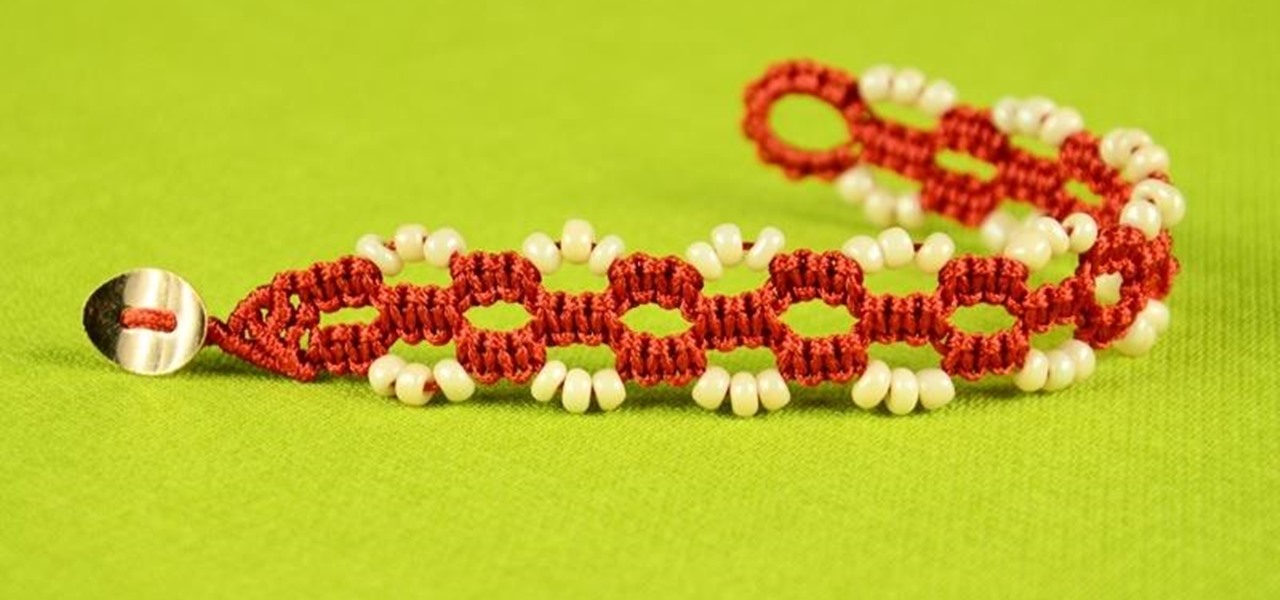
DIY Easy Square Knot Bracelet with Beads and Button clasp. Easy to make and fun to wear :) a good bracelet for beginners in macrame.

G'day Knuckleheads. Todays one minute stud wall framing tip looks at a really easy way of squaring up your stud wall prior to installing a brace. Check it out and let me know what you think. :-)
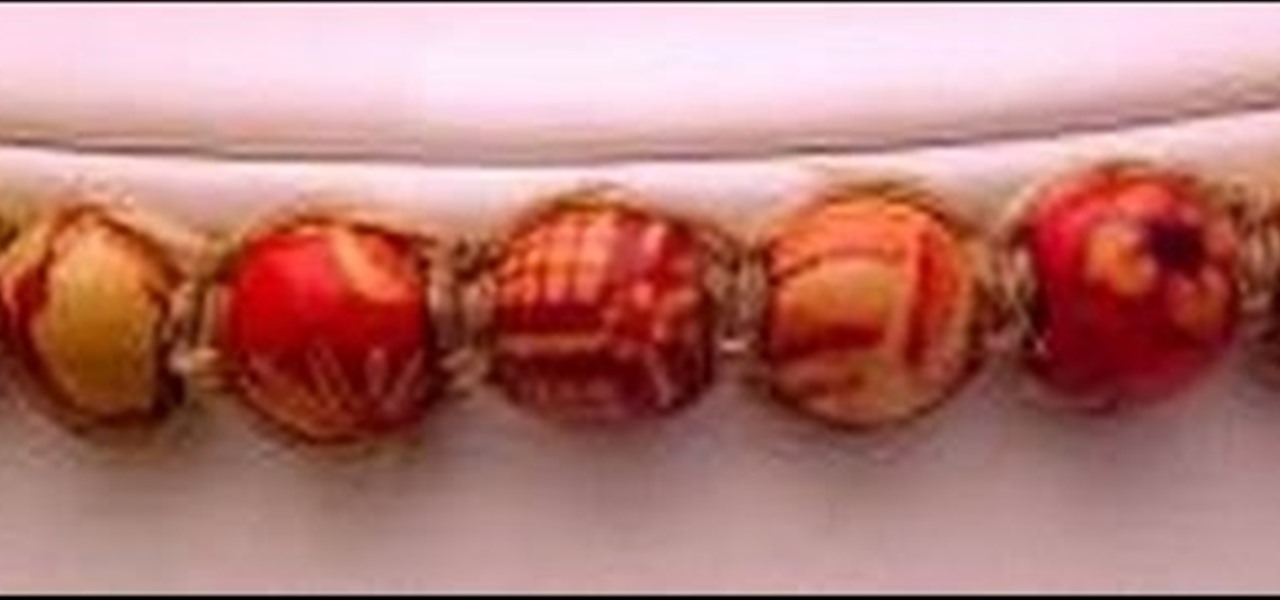
This video tutorial demonstrates how to add beads onto hemp jewelry with square knots.
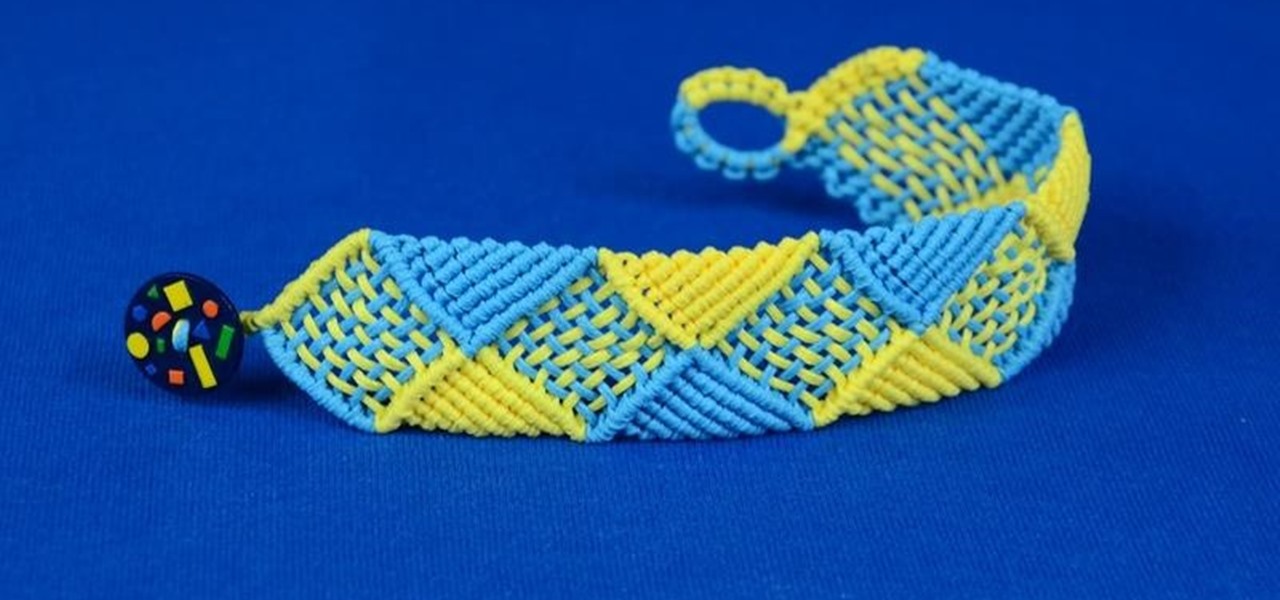
How to make a cool macrame bracelet with squares and triangles. This knotted bracelet has weaving elements. I think Men can also wear this bracelet.
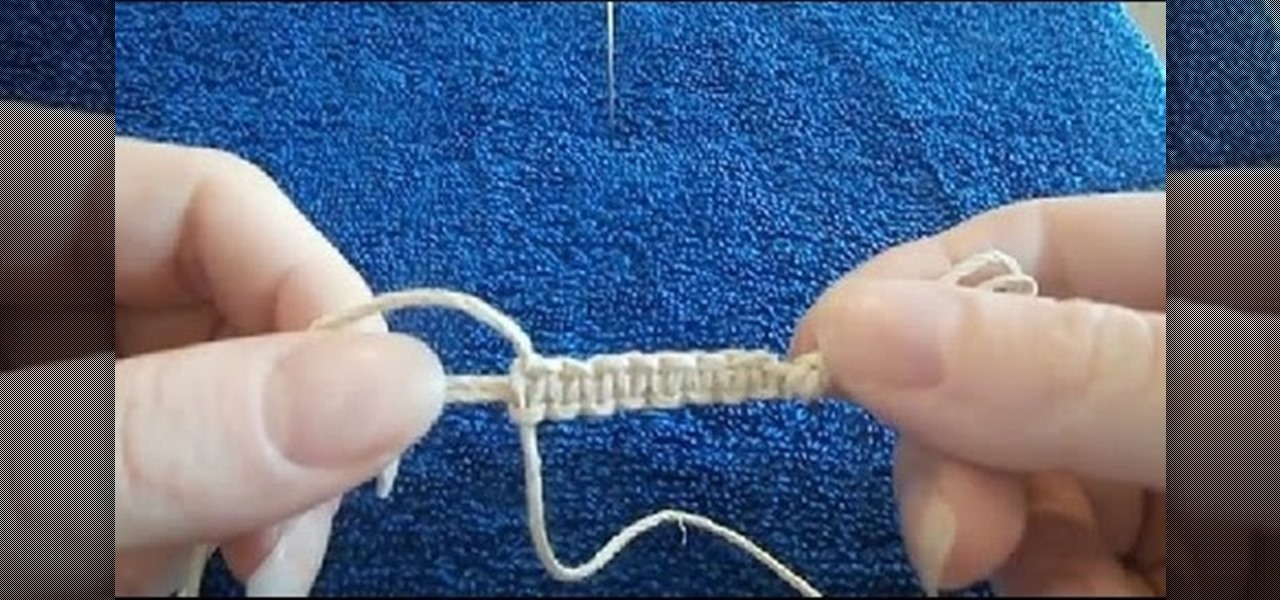
A video tutorial on how to tie a square knot to make hemp macrame jewelry.
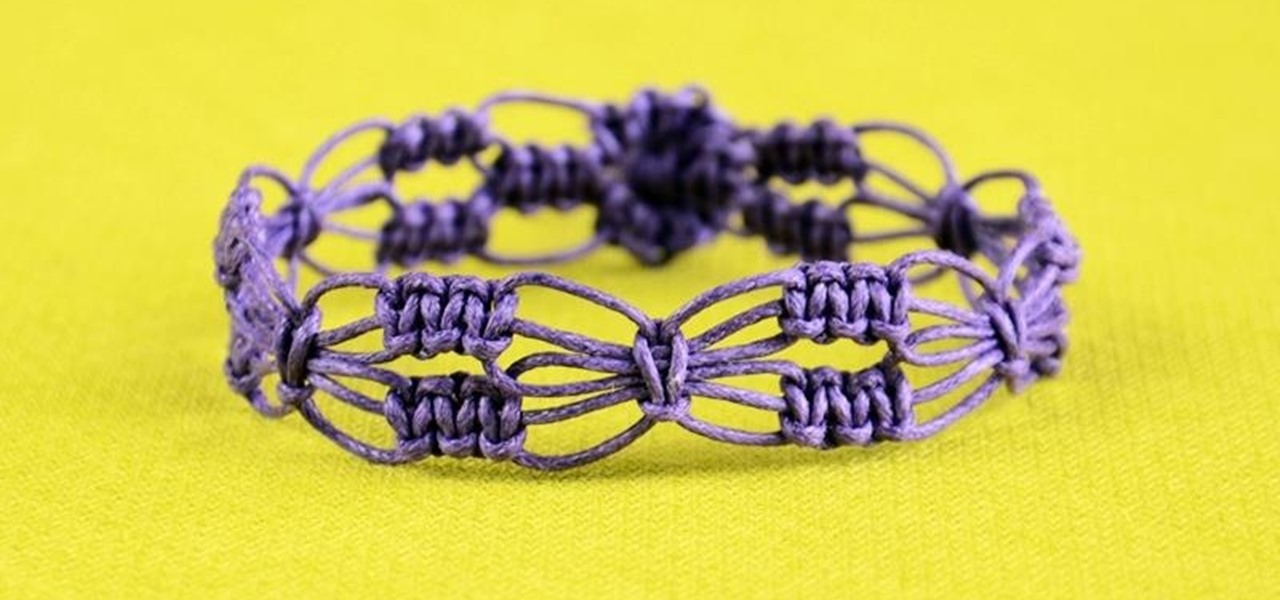
To make this bracelet you only need to know how to make a square knot. This is a great bracelet for beginners in macrame.

DIY Easy ZigZag Square Knot Loops Bracelet with Button Clasp. This is a good project for children and beginners to learn one of the basic knots frequently used in Macrame.
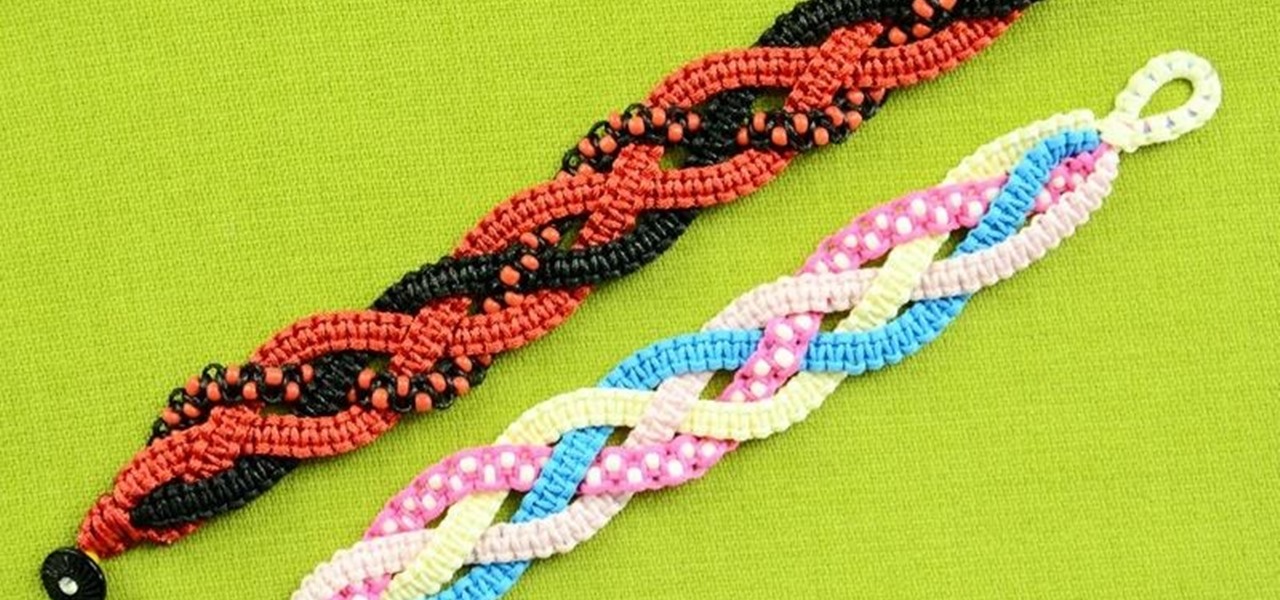
This bracelet is very easy to make and fun to wear! To make this bracelet you only need to know how to make a square knot and How to braid with four strands. This is a great bracelet for beginners in macrame.